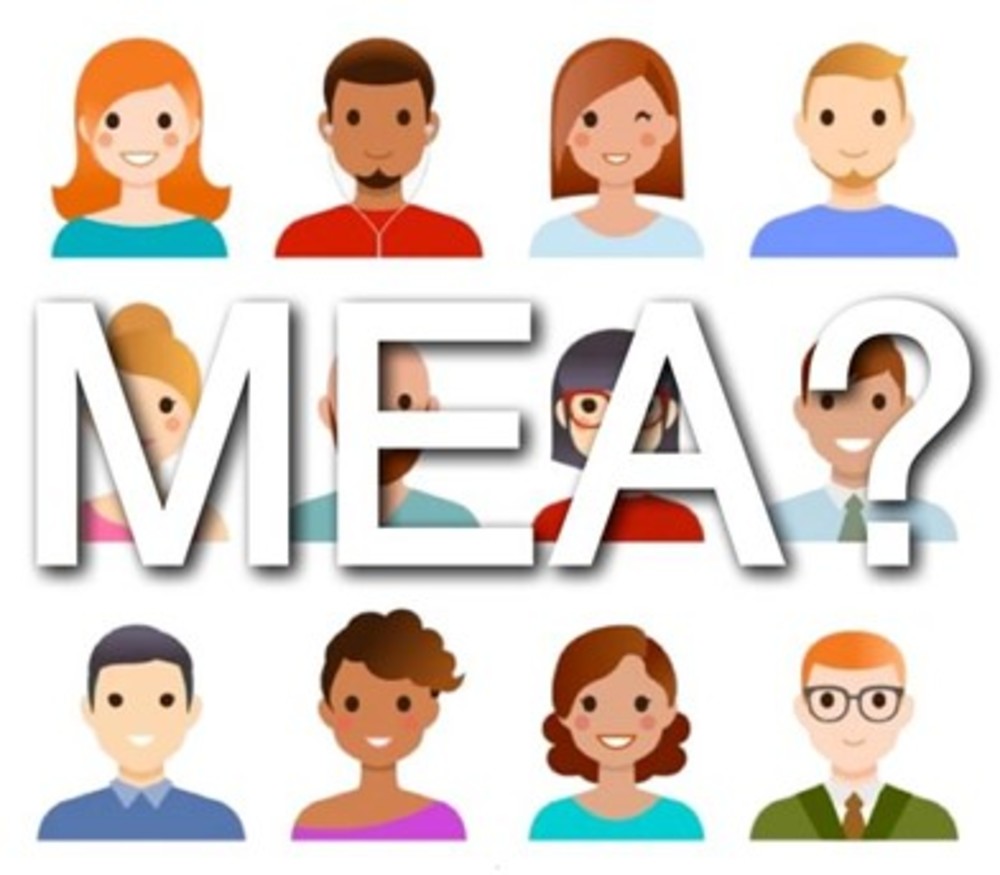We offer you and your projects’ partners a win-win solution based on a solid, long-lasting, fruitful relationship
You outsource the mundane & concentrate on what you do best
Driving Vision and our partners Plannerly believe that BIM is critical for improving our industry’s efficiency however when BIM is not implemented correctly, we can experience some severe BIM challenges.
We all know the benefits of building prototypes. building something quickly at low cost before actually building it at full scale would save time and money.
In most other industries, such as manufacturing cars or phones, they make many prototypes all built and rebuilt to perfection before production is even started.
Unfortunately, building smaller construction mock-ups just does not give us all the necessary information for full-scale real-life projects.
In our design and construction industry, we rarely get the luxury to build full-scale prototypes – every project is unique, and we build them at full-scale cost – including the cost of all mistakes and rework.
Since our projects are much bigger and take too long for us to consider full-scale prototypes this can have meant that our projects can cost 30% or more than they should!
Can you imagine someone building the Burj Khalifa (the world’s tallest building) first in a remote location before building the real one in downtown Dubai?

Not likely, is it?
Building Information Modelling (BIM) is a set of technologies, processes, and policies enabling multiple stakeholders to collaboratively design, construct and operate a Facility in a virtual space. In ISO 19650 part 1, BIM refers to the "use of a shared digital representation of a built Asset to facilitate design, construction and operation processes to form a reliable basis for decisions" ISO 19650-1 (3.3.14).
The term BIM continues to evolve over the years and is thus best understood as an 'expression of digital innovation' across the construction industry and the overall Built Environment
With BIM, we CAN build a complete and full-scale digital prototype at a minimal cost “in the computer” (Zoolander quote – anyone?) BIM is a lot more than just building the digital prototype.
BIM can also result in a huge number of designs and construction uses for that model. Penn State lists 25 BIM Uses, along with the frequency and benefits of each, in their BIM Execution Planning guide.
Now, with so many possible BIM Uses it can be challenging to plan and execute the right BIM for each project.
Getting the right BIM plan in place is mandatory – Driving Vision and our partners Plannerly believe that this should be a collaborative process between the Architect, Engineer, Contractor and Owner.
Driving Vision and Plannerly refer to these BIM challenges as “Evil BIM” 😊
When an Owner requests “BIM” without understanding what they are asking for – solely because a technology vendor has promoted never-ending BIM benefits

When not enough BIM is authored and the project’s agreed BIM Uses cannot be completed thoroughly (for example: proactive coordination, accurate quantity take-off, or the perfect 4D schedule).

When teams produce more BIM than can be used by the customer/end users – doing anything that is not needed is wasteful (and evil 😉).

When project teams are unclear about what BIM they should be modelling and sometimes incorrectly model each other’s scope (who’s supposed to model the lights – Architect? Interiors? Electrical Engineer? Contractor?).

When all BIM’ing of MEP starts at the same time – one, two three, “BIM!” – then teams unknowingly model clashes rather than the model using a prioritised clash avoidance workflow. Driving Vision and Plannerly believe that an element’s sequence should always be based on its priority.

When a team intentionally agrees on a precise but incorrect BIM scope knowing that they will issue Change Orders later (this is doing the wrong thing, but it is done really well!). This is an evil BIM challenge.

When teams create and share poor quality models that will ultimately increase rework and drive costs UP! This is usually a training BIM challenge.

When teams use a spreadsheet with numbers to contract to confusing and poorly defined levels of BIM risk. 😉

When a design team feels under pressured to say “ok” – accepting an owner’s request for LOD 5 plus COBie deliverables for the entire project instead of the right people accepting what is important.
Driving Vision and Plannerly believe that some of the fundamental principles behind an all-encompassing BIM specification include agreeing on:
What geometry is actually required? How much information is useful to the end-user? How mature/reliable/accurate does the deliverable need to be?
Driving Vision and Plannerly believe in the right BIM, at the right time, by the right people – for the right reasons.

Pretending to have clear 3D and BIM objectives on a project but only contracting to 2D deliverables.

Instead of Evil BIM, Driving Vision and PLannerly prefer Smart Lean BIM™
Does your BIM team agree with the “Top 10 Evil BIM List”? Together we can stop wasteful BIM and start creating SmartLeanBIM™
Implementing BIM can be daunting, but Driving Vision is here to help you at the pace you are comfortable with. Get started by getting in touch now
We act as your BIM coordinator
We Support your BIM IT
We Train & Coach you
We Innovate in Technology
We offer you and your projects’ partners a win-win solution based on a solid, long-lasting, fruitful relationship
You outsource the mundane & concentrate on what you do best
